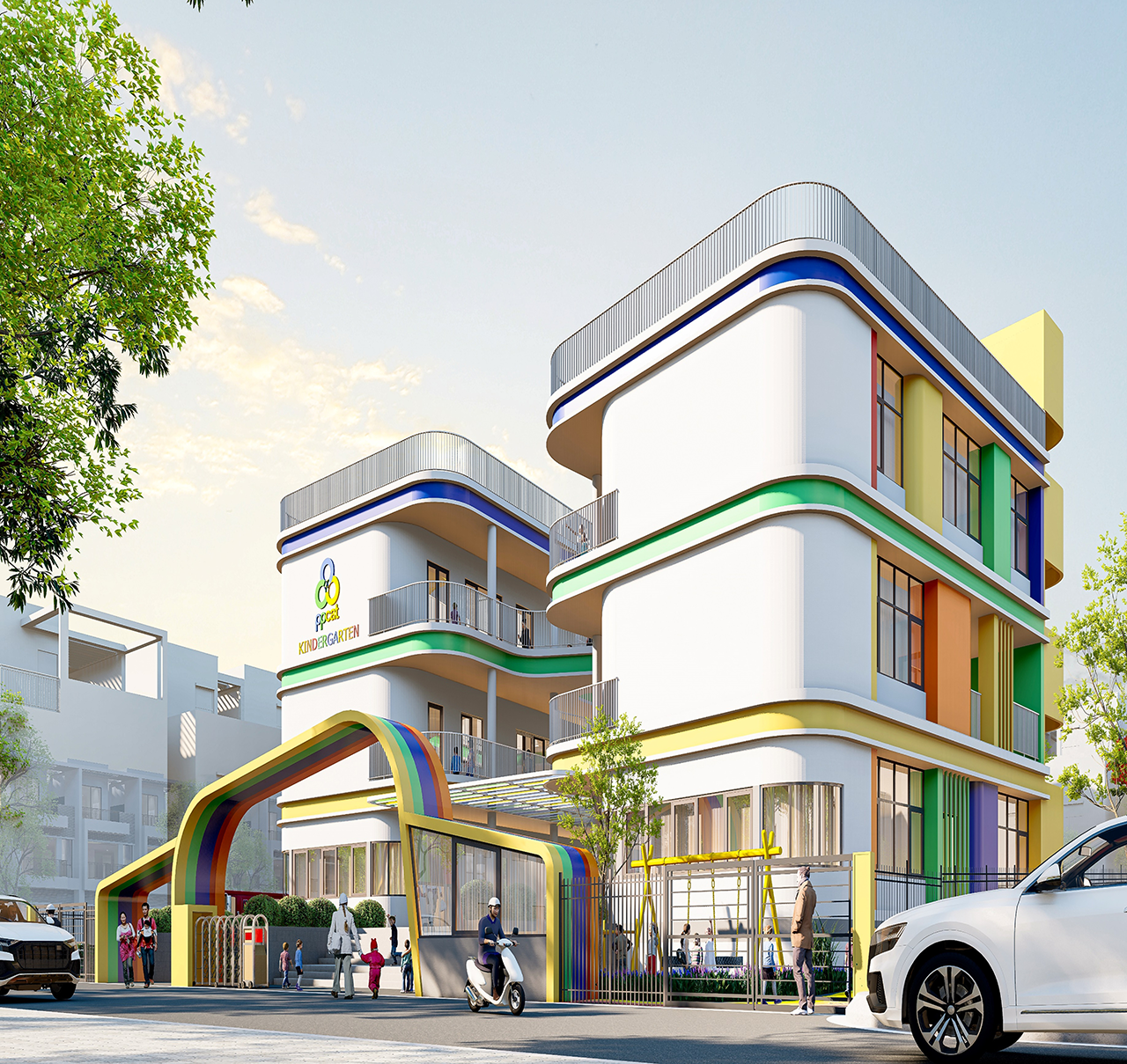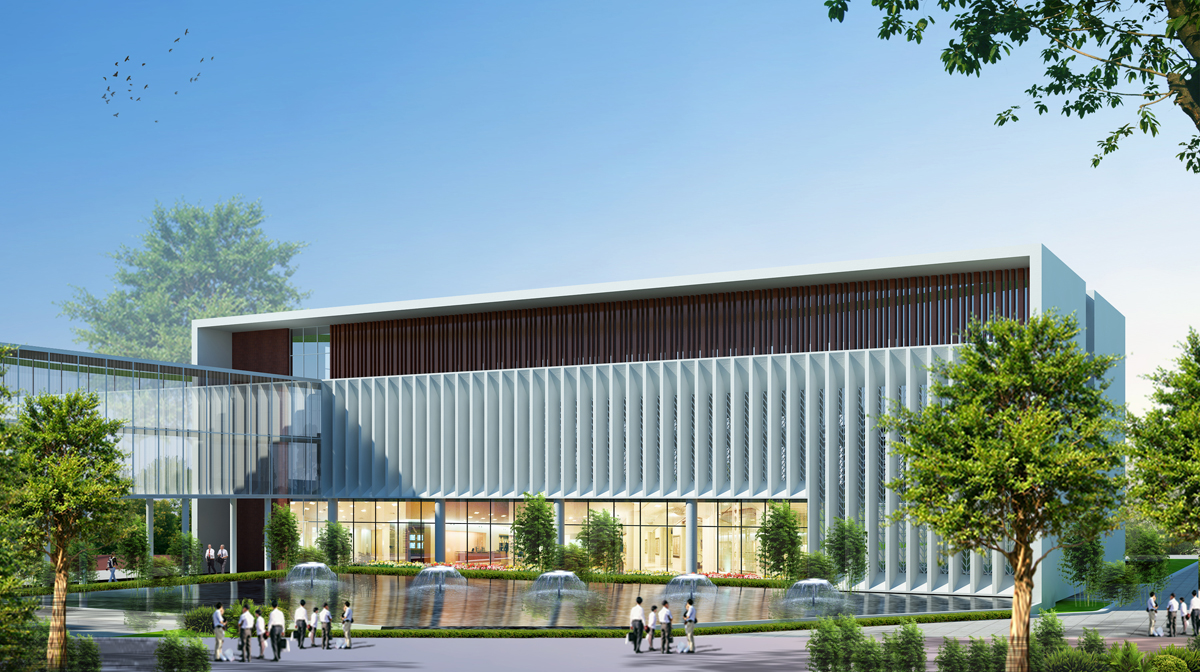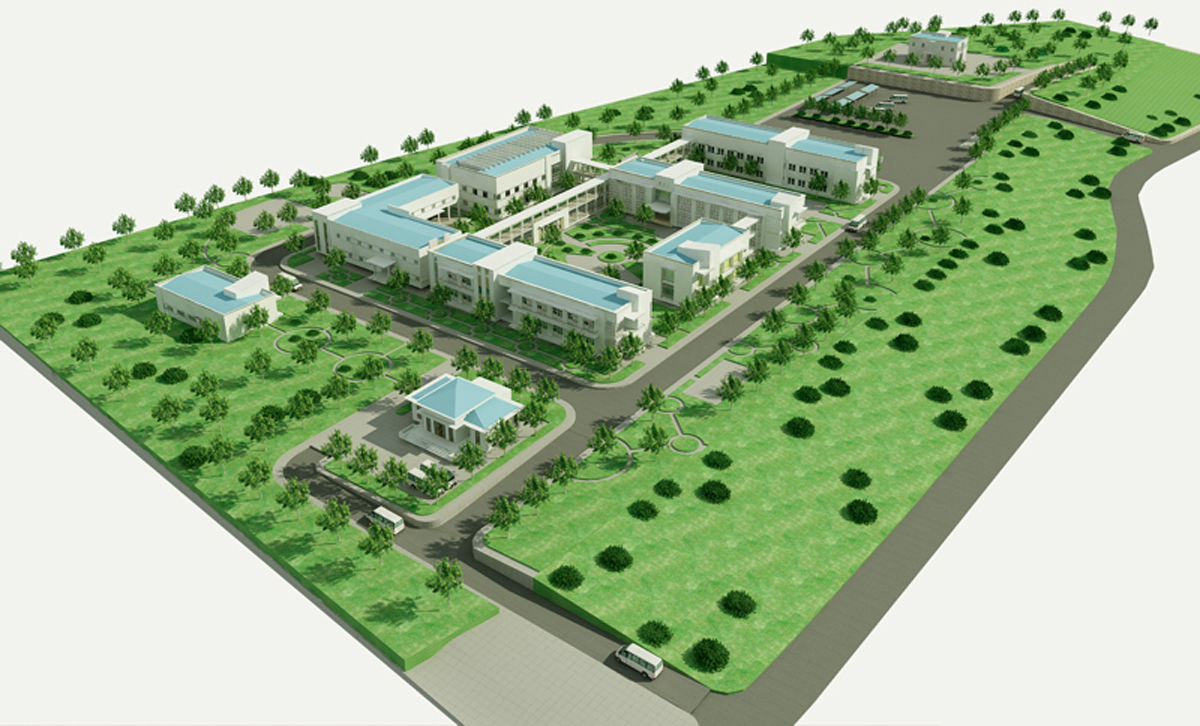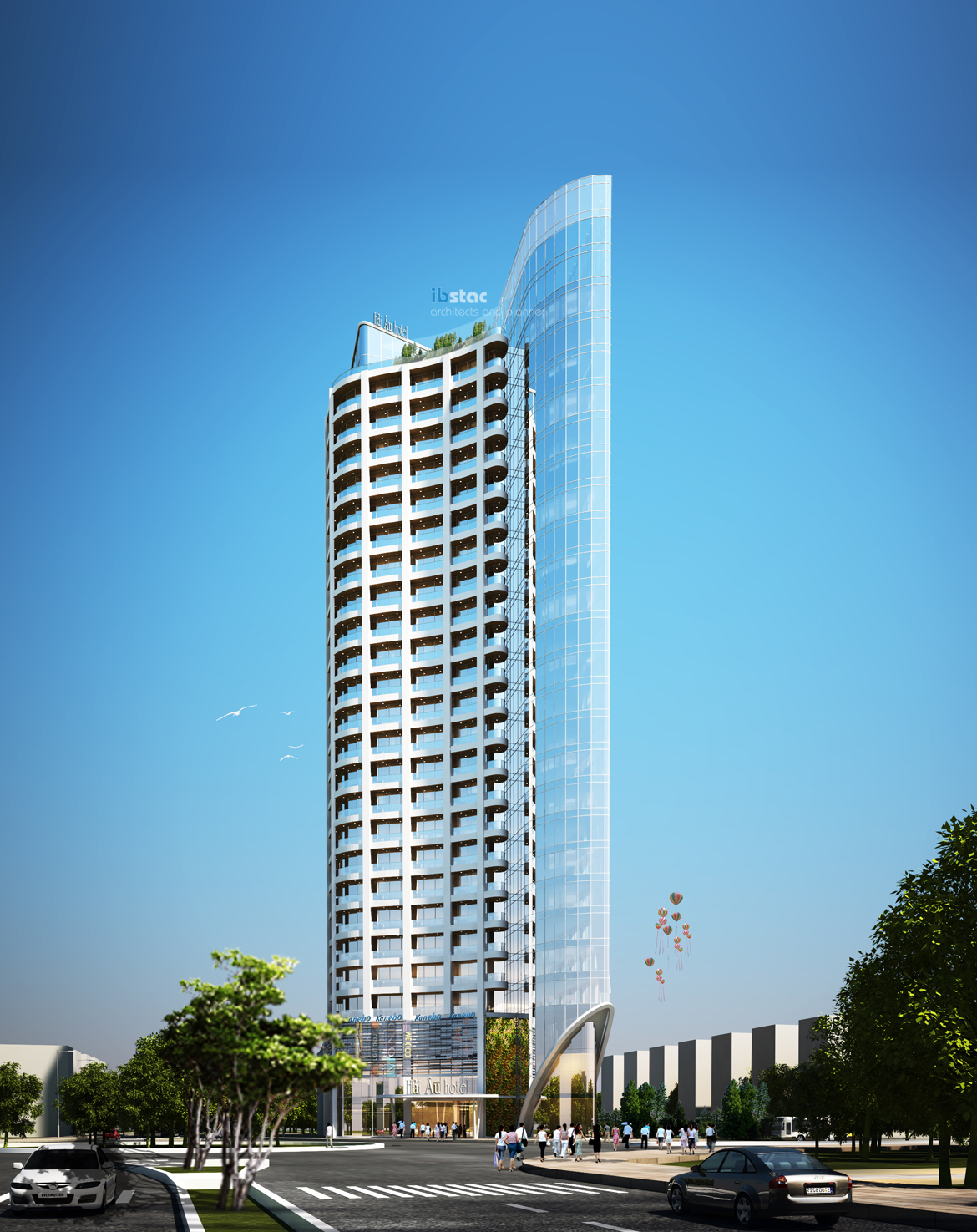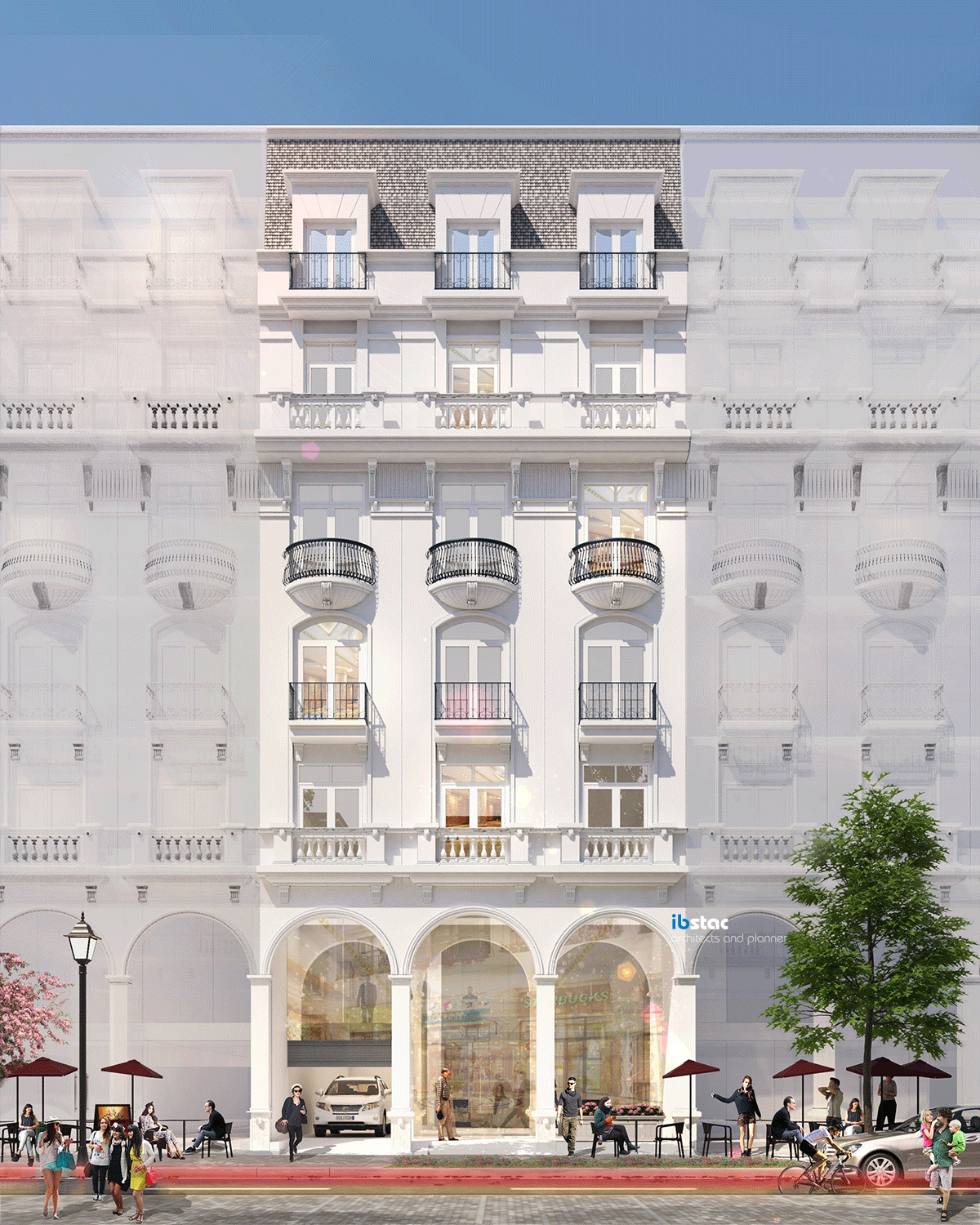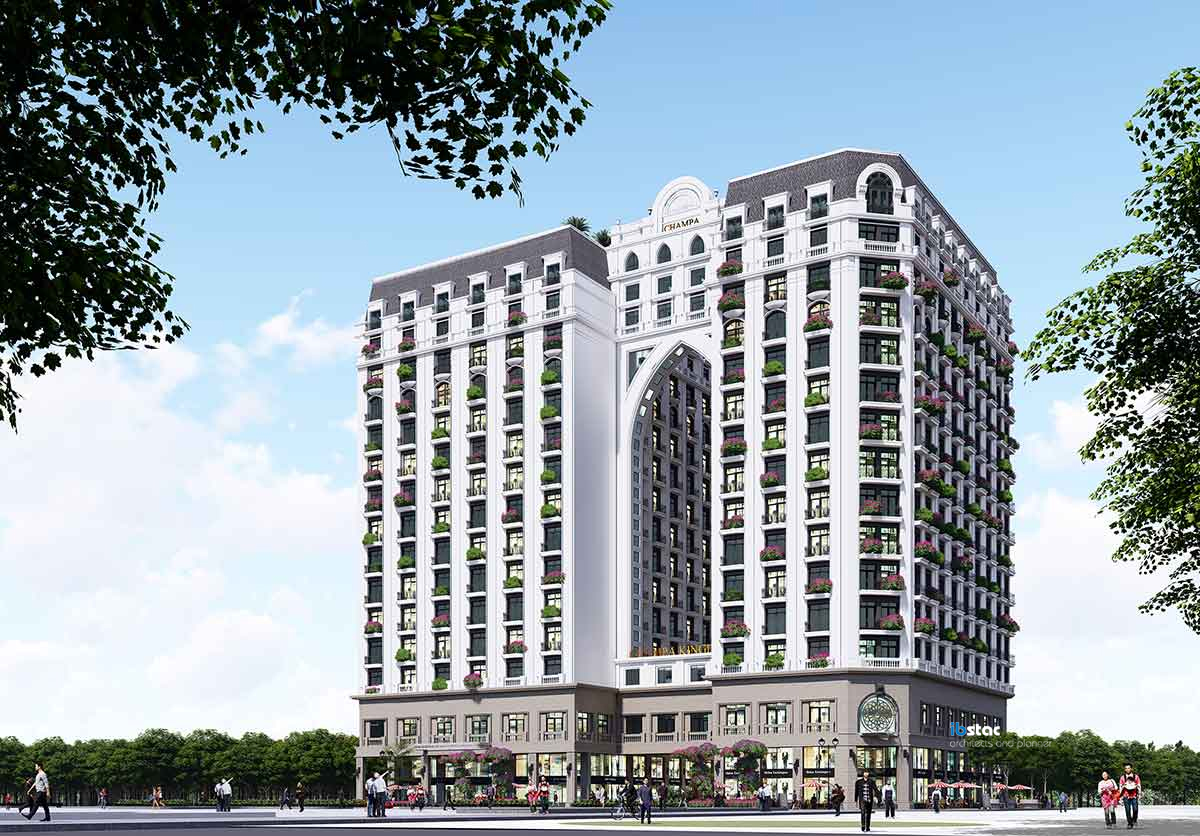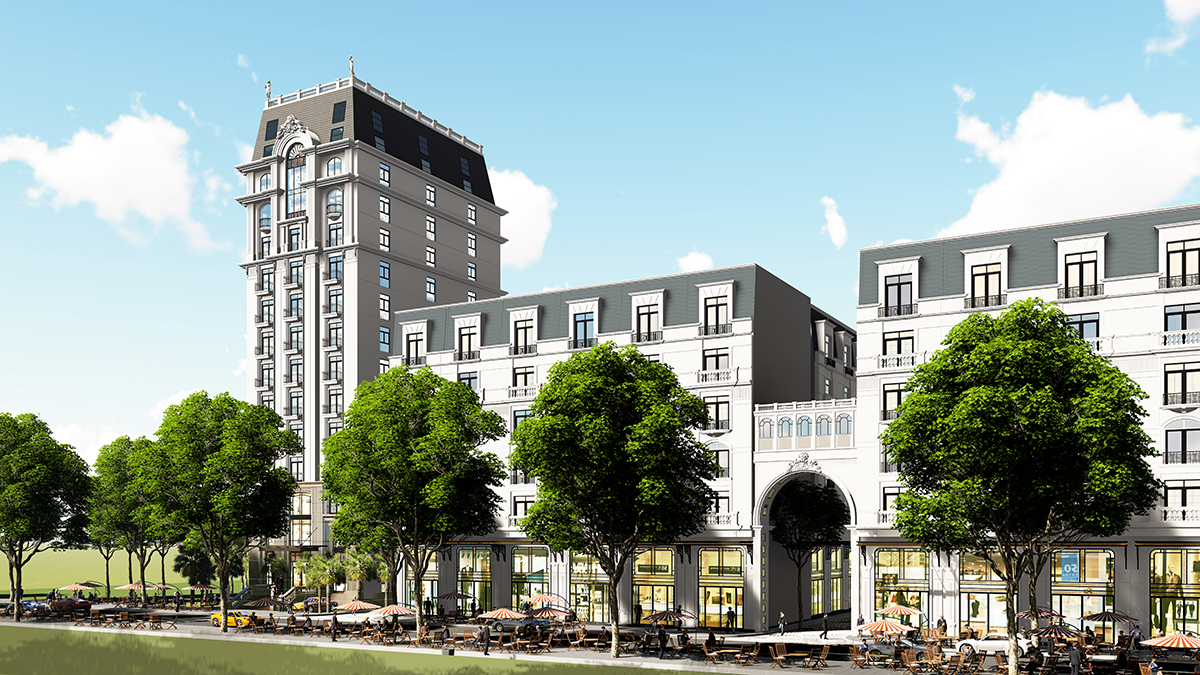Project Overview
On December 15, the People’s Committee of Mu Cang Chai District, Yen Bai Province officially announced the 1/500 detailed planning project of the Mu Cang Chai New Urban Area. This planning project marks a significant step toward developing Mu Cang Chai into a cultural–tourism urban center, preserving ethnic identity while promoting sustainable economic growth.
Located amidst the famous terraced fields recognized as a Special National Heritage, Mu Cang Chai’s new urban area is envisioned as a “Cultural Heritage City of the Future”, where modern infrastructure and traditional ethnic architecture coexist in harmony.
Cultural Identity and Context
Mu Cang Chai is home to a rich cultural heritage, with 99% of its population being ethnic minorities, primarily H’Mong people. Their traditions — such as Khen dancing at the Gau Tao festival, Xoe dances of the Thai ethnic group, and the annual Terraced Fields Festival — are deeply woven into local life.
The terraced fields, created by indigenous hands, are both a symbol of beauty and prosperity and a foundation for cultural tourism development. By preserving these unique traditions, the new urban area aims to turn Mu Cang Chai into a distinctive cultural destination of Vietnam’s Northwest.
 Analysis of the current geographical position of Mu Cang Chai town
Analysis of the current geographical position of Mu Cang Chai town
Planning Criteria
-
Identity: An urban area that reflects the deep cultural identity of the H’Mong and Thai people.
-
Future-Oriented: A modern, smart, and livable city meeting the needs of future generations.
-
Harmony: A friendly, nature-integrated city balancing human life and the surrounding environment.
-
Heritage: A future city that will stand as a cultural legacy of Yen Bai to the world.

Design Concept
The planning divides the urban area into two key cultural zones, connected by Nam Kim Stream, the symbolic and spatial spine of the city:
-
North of Nam Kim Stream:
-
Existing downtown area.
-
Function: Commercial and service hub, enhancing economic vitality.
-
-
South of Nam Kim Stream:
-
Cultural and community space for the H’Mong ethnic group.
-
Function: Cultural preservation, tourism, and creative activities.
-
Design philosophy:
-
The stream acts as both a temporal and spatial connector — linking the present town center with future development zones.
-
A pedestrian bridge and floating walkway connect both banks, symbolizing unity and flow.
-
The architectural image draws inspiration from H’Mong traditional houses, community gathering spaces, and terraced field formations, translating cultural motifs into modern urban form.


About IBSTAC Architects & Planners
With over 20 years of experience, IBSTAC Architects & Planners has consistently pursued the mission of creating unique, innovative, and comprehensive design solutions that meet international standards.
Notable projects include:
-
Four Seasons Hanoi Hotel 6*
In 2020, IBSTAC was honored among the Top 10 Architecture Firms in Vietnam at the BCI Asia Awards, reaffirming its reputation in the regional architectural industry.
Proudly operated and developed by 100% Vietnamese architects and experts, IBSTAC continues to realize its vision:
“Design for a Better Life.”
Ibstac Architects & Planners

